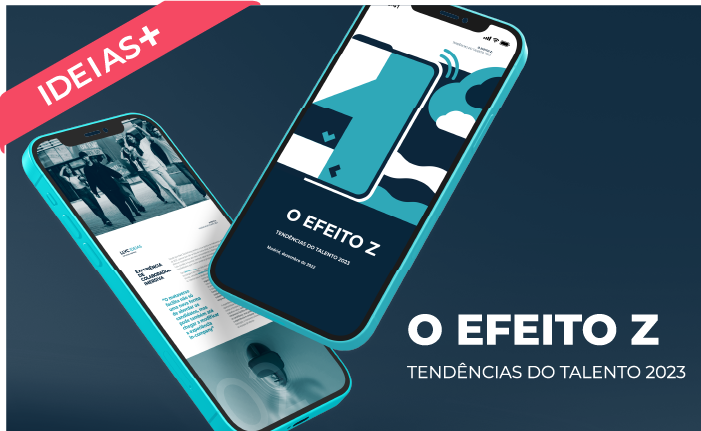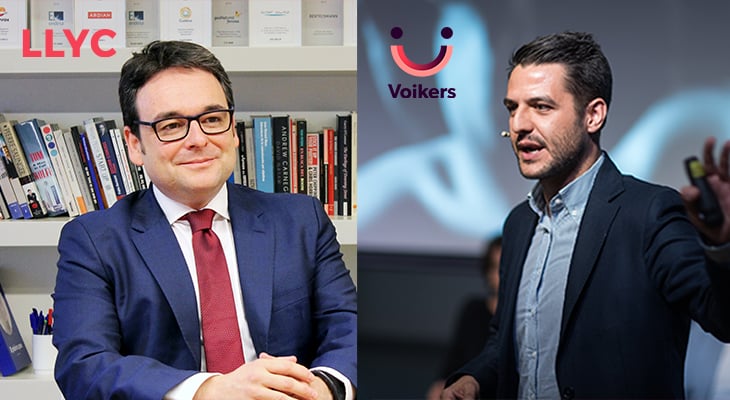In a seemingly unstable global marketplace, some have wondered if workers will lose the power they gained during the pandemic. However, the “Talent Trends 2023” report, jointly developed by international communications consulting firm LLYC and international human resources (HR) organization DCH, reveals that some of these changes are irreversible because of how they affect workers as people. Process digitalization and the progressive humanization of work will mark the labor market in the coming months, in part due to the strength of the “Z Effect.”
Generation Z will account for one-third of the workforce by 2030, and it is already beginning to bring its work culture to companies. These young professionals demand more flexible conditions and higher ethical standards, seeking unfiltered transparency, embracing fulfillment, and seeing onboarding as key to their relationships with their companies.
“In 2023, Human Resources will continue adapting to a different type of talent-company relationship,” Maria Obispo, Talent Engagement Director at LLYC, pointed out. “Power remains in the hands of increasingly demanding professionals. This is the time to innovate, reformulate what we do, and incorporate new capabilities so we can face the challenges the future holds.”
The report identified nine trends that will shape talent management in 2023:
The “Z Effect.” Generation Z has already begun revolutionizing the way we think about the labor market. Their drive and demands have already been changing the talent-company relationship, as they are demanding better work-life balance.
Immersive employee experience. It will be crucial to show potential employees what it’s like to work in an organization before they join a company, and the metaverse can do it.
The boom of Artificial Intelligence. We are in the midst of an artificial intelligence boom, with the global market expected to grow over 20% by 2029. This is great for HR, because it creates an opportunity to improve workforce analytics and monitor employee engagement, satisfaction, productivity, burnout risk, needs, and behavior.
Office analytics. With the proliferation of telecommuting and the hybrid model, how offices are used has changed. Data analytics needs to change with it to help us understand how we use our workspaces, meeting rooms, informal meeting spaces, and more.
Rise of onboarding. Various studies show that 90% of workers decide whether or not to remain with a company in the first 6 months. This means the onboarding process being a crucial part of that decision, but it often leaves much to be desired in terms of employee experience. Human Resources departments should use “customer onboarding” marketing techniques with their new employees to create a true onboarding program.
Open source culture change. In light of today’s volatility, employees are increasingly reluctant to adopt new processes, practices, or technologies, but switching from a pyramid model to a collaborative model through open-source change strategies (like Gartner did) can help.
Embracing staff turnover. The increase in unwanted staff turnover from the “great resignation” is unlikely to slow down in 2023. But this can be an opportunity to incorporate more senior profiles into the workforce and reformulate internal mobility policies.
Unfiltered transparency. Companies have become more accountable to their key stakeholders, which means employees are better informed about the companies they choose to work for.
From “engagement” to “fulfillment.” Fulfillment is a state of fullness and harmony between employees and companies, a culture in which the personal and professional can balance to create a sense of community, growth, and purpose. If we put people at the center of the “fulfillment” paradigm, we can improve the employee experience based on their needs for autonomy, knowledge and connection.
“Paradoxically, technology and artificial intelligence can be the platforms or gateways to a more human, supportive and committed world, which is essentially what today’s talent expects from organizations, and what organizations expect from talent,” stated Juan Carlos Perez Espinosa, Global President of DCH. “This report outlines the keys to connecting these interests, which are, in fact, very common. We are facing new times that will break with traditional models, establishing faster, more efficient and flexible work processes, and along the same lines, the concept of mobility and workspaces.”



